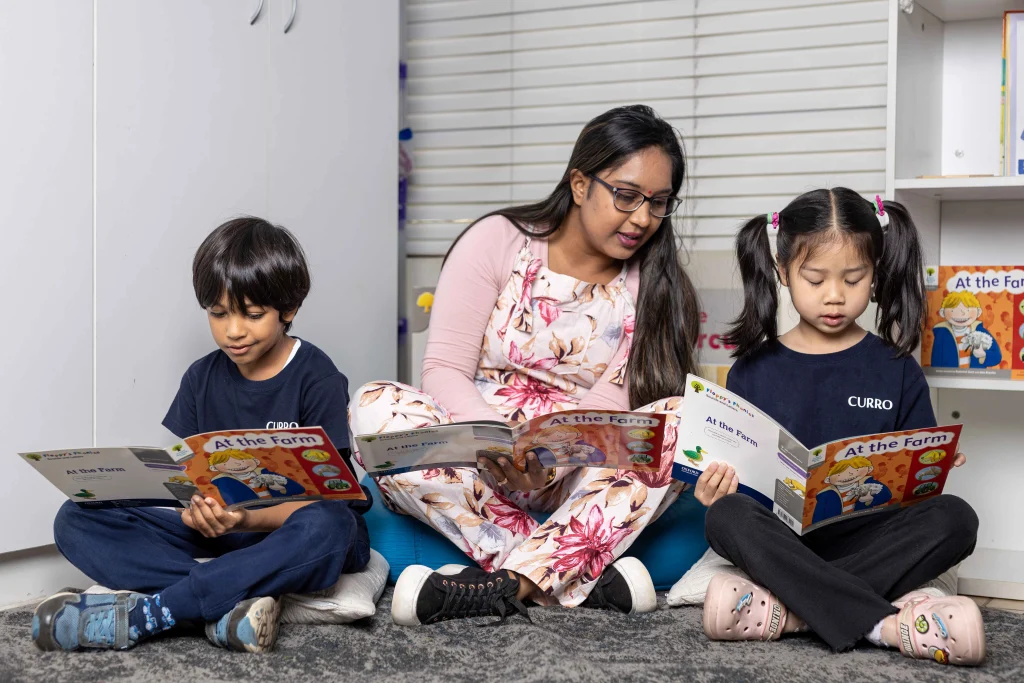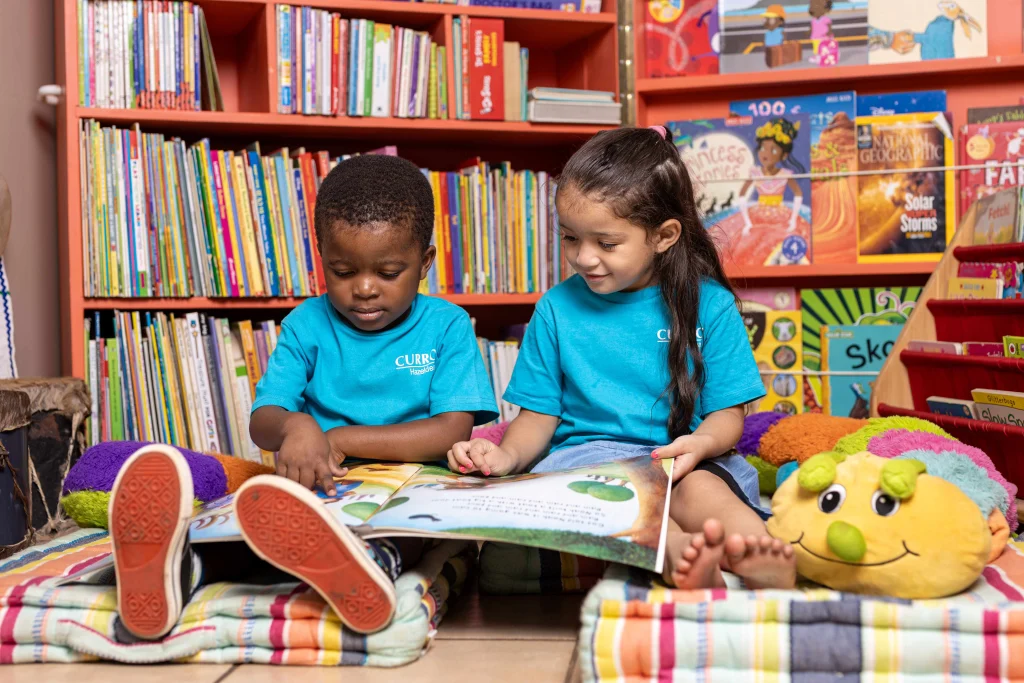Learning to read is a fundamental skill that unlocks an individual’s access to education, economic opportunities, and social mobility. Yet the Progress in International Reading Literacy Study 2021 (PIRLS 2021) conducted by the University of Pretoria in South Africa found that eight out of 10 South African Grade 4 learners struggle to read for comprehension at age 10. As parents evaluate potential schools for their children, Dr Jenny Wright, Pre- and Primary School Curriculum Head at Curro Holdings, suggests it’s important to carefully consider their approach to learning to read.

“Learning to read for meaning is the foundation for further learning. Reading proficiency underpins success in all subjects, from mathematics and science to social sciences and the arts. A strong foundation in reading positions learners for lifelong learning,” she says. “In the South African context, proficiency in reading also promotes equity and social justice. Reading provides access to information, fostering critical thinking, analytical skills and information literacy. In our knowledge-driven society, reading empowers learners to navigate complex issues, make informed decisions and contribute meaningfully.”
She points out that aligning with the National Development Plan (NDP) 2030, improving literacy rates is vital for South Africa’s economic growth, social cohesion, and human development.
Questions parents should ask
- Curriculum and methods: Parents might ask: “What reading curriculum or programme do you use, and how does it align with South Africa’s Curriculum Assessment Policy Statements (CAPS) guidelines?”
For example, Dr Wright says, the Foundation Phase at Curro uses the SHARP Reading Strategy to ensure that learners are reading with understanding from Grade 1 onwards. “SHARP prioritises practice for reading fluency, recognising individual learning rates and potential challenges,” she says. “Its structured framework consists of consistent lesson steps: Explain, Model, Guided Practice, and Independent Practice. This repetition enables learners to master skills, making reading strategies automatic. Through familiarity and frequent success, learners build confidence and comprehension in a supportive, positive reading environment tailored to each child’s progress.”
The programme also emphasises autonomy, aiming to shift control from teachers to learners, giving them the confidence and satisfaction of owning their progress. By using predictable routines, SHARP Reading reduces anxiety, helping learners know what to expect, which enhances their focus and participation.

“Enabling learners to read for meaning involves a strategic approach,” says Dr Wright. “For example, the SHARP Group Guided Reading methodology includes pre-reading preparatory questions, such as, ‘What is happening on this page?’; reading and decoding questions, such as, ‘Can you find a word…?’; and post-reading questions, such as, ‘What do you think will happen next?’ Teachers can adapt these types of questions to differentiate learning opportunities, amplify comprehension, and develop critical thinking skills. These vital comprehension strategies are then applied across the curriculum in the Intermediate Phase.”
- Support: Parents can ask about guided reading strategies used to help children progress, as well as what strategies the school uses for learners who struggle with reading. It’s also useful to know if a school will guide parents to help them support their children with reading at home.
- Measuring progress: Dr Wright says parents should try to understand how their child’s reading progress will be measured and supported. “For example, SHARP Reading uses a developmental continuum that maps out specific outcomes across the stages of reading mastery—Decoding, Constructing Meaning, and Critical Thinking. This progression provides a clear consistent path, making it easy for teachers to apply and monitor the skills needed for reading success.”
- Phonological awareness: Studies continue to show that strong phonological awareness is crucial for successful reading development. Parents should ask about how this is incorporated into the classroom. “For example, for younger readers, teachers might reinforce sounds and word patterns through simple, fun activities like rhyming games or clapping out syllables. This helps build the foundation skills they need,” says Dr Wright.
- Technology: Recent reports highlight the use of digital tools and apps that provide personalised reading experiences. These resources often incorporate gamified learning to enhance engagement and motivation in young readers. It’s therefore worth finding out about a school’s approach to technology. “For example, a teacher might use interactive reading apps to make reading a multi-sensory experience,” says Dr Wright. “Listening to stories can help with comprehension and make reading feel more approachable. AI offers personalised feedback and reading comprehension programmes tailored to every learner’s specific needs and reading levels. The Curro reading programme includes this valuable personalised learning approach from Grade 3 through to Grade 7, ensuring that reading for meaning is well established as learners move into high school.”
Curro strives to contribute towards the sustainable growth of South Africa and beyond,
by widening access to quality schooling across a spectrum of education approaches. These include Curro, Curro Academy, Meridian, Select schools, DigiEd, National Certificate
Vocational education facilities, assisted learning facilities, as well as a digital learning
approach.
Curro Holdings provides an ethical, values-based environment, and offers a learner-centric, balanced, innovative and relevant curriculum across the various schools.
- Choosing a school with a strong approach to reading - November 26, 2024
- The importance of the child-teacher relationship at preschool level - October 3, 2024
- Unplugged coding in early childhood: Equipping your preschooler to succeed in the digital world - September 9, 2024





